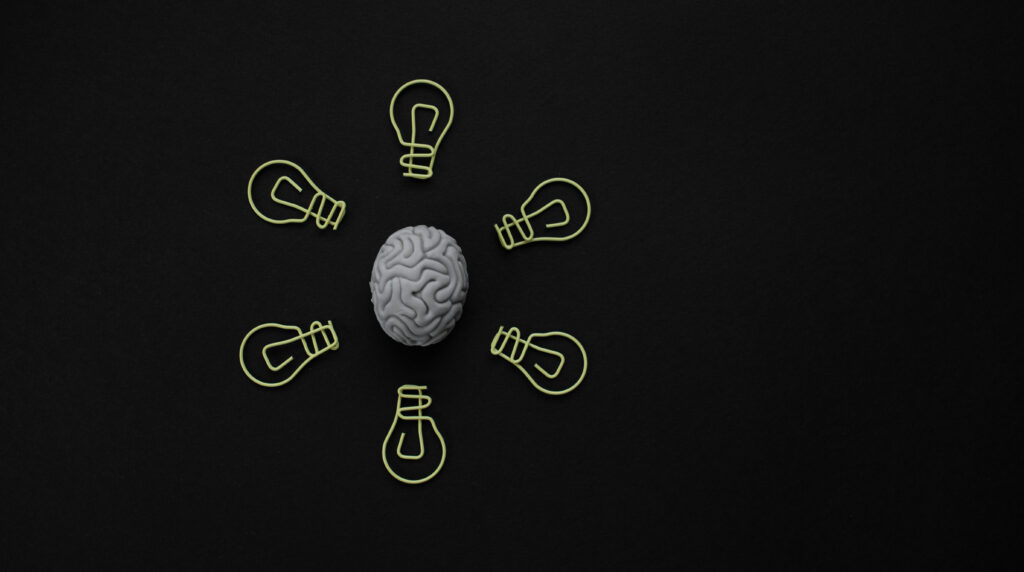If you’ve been following us for a while, you’ve probably seen that we’ve previously discussed Howard Gardner’s Theory of Multiple Intelligences. According to Gardner, there are different types of intelligences that can be developed independently. Each person has some more developed than others, and schools can work to enhance students’ various intelligences. In today’s post, we’ll explore how to develop spatial intelligence in the classroom.
Are you curious to find out what it’s about and how you can work on it in class? Then keep reading!
And if you’re eager for more, check out our posts on Logical-Mathematical Intelligence or Linguistic Intelligence.
What is Spatial Intelligence?
In broad terms, spatial intelligence is the ability to process information in three dimensions, as well as the capacity to deal with aspects such as color, line, shape, space, and the relationships between them. It can also be defined as the ability to perceive reality, create mental representations, appreciate sizes and directions, among other factors.
Spatial intelligence is particularly evident in professions such as architects, pilots, or surgeons, among others, due to the significant visual component it requires.
Therefore, vision plays a crucial role in this type of intelligence as it helps us understand our environment and various aspects (colors, lines, shapes, etc.). However, it can be developed in other ways without solely relying on sight.
What are the benefits of working on Spatial Intelligence in the classroom?
Spatial intelligence can be cultivated in various subjects, especially in mathematics, science, design, technology, or physical education. Developing spatial intelligence in the classroom brings numerous benefits to your students, and we highlight the following:
- Improves problem-solving skills: working on spatial intelligence helps visualise and manipulate objects in space, leading to a better understanding of spatial problems and fostering creativity in innovative problem-solving approaches.
- Enhances Math, Science and Design Skills: The development of spatial intelligence greatly aids in grasping mathematical and scientific concepts. In the field of design, cultivating spatial intelligence in class improves the ability to process two-dimensional and three-dimensional information, enhancing competence in design and technology.
- Stimulates Interest in STEM Disciplines: Skills related to spatial intelligence are highly sought after in STEM disciplines (Science, Technology, Engineering, Mathematics). Working on and developing these skills in class prepares students for careers in these areas, increasing their interest in STEM disciplines.
- Aids in Understanding the Environment: The development of spatial intelligence not only positively impacts academic performance but also extends to various other domains. By fostering spatial intelligence in class, students learn to better understand their environment, gaining improved orientation skills. This knowledge proves beneficial in tasks such as route planning, interior design, driving, manual skills, sports, and more.
Ideas to develop Spatial Intelligence in the classroom
As an educator, you might be wondering, “How can I help develop spatial intelligence in my classroom?” Here are several ideas that will surely inspire you to work with your students:
- Spatial Vocabulary/Language: Introduce spatial terminology to help students orient themselves better or solve problems related to space. For example, in a physical education class, you could say, “The rugby balls are in the bottom-left drawer.”
- Crafts: Engage in crafts using clay or playdough to promote creativity and the ability to work with three-dimensional shapes. This encourages a heightened perception of details and proportions.
- Games (Mazes, Puzzles, Rubik’s Cube, or Chess): Solving mazes greatly aids spatial orientation, reinforcing memory. Games like puzzles, the Rubik’s Cube, or chess encourage three-dimensional thinking, improve spatial ability, and focus on aspects such as colour, trajectory, or shape.
Remember, regardless of the method you choose to work on spatial intelligence in class, you can track your students’ progress using Additio App. This allows you to monitor their strengths and areas for improvement. For instance, you can create specific columns in your assessment notebook, using icons to indicate whether students have successfully completed proposed mazes or the level of achievement in a puzzle you assigned them to solve.
Do you work on Spatial Intelligence in your class?
If you have tips and tricks for developing spatial intelligence in the classroom, share them with us – we want to know! Connect with us on social media: Facebook, Twitter, Instagram and Youtube.
Do not forget to register for free on Additio App, with the Additio Starter plan, to begin assessing your students’ spatial intelligence development.
See you soon!





